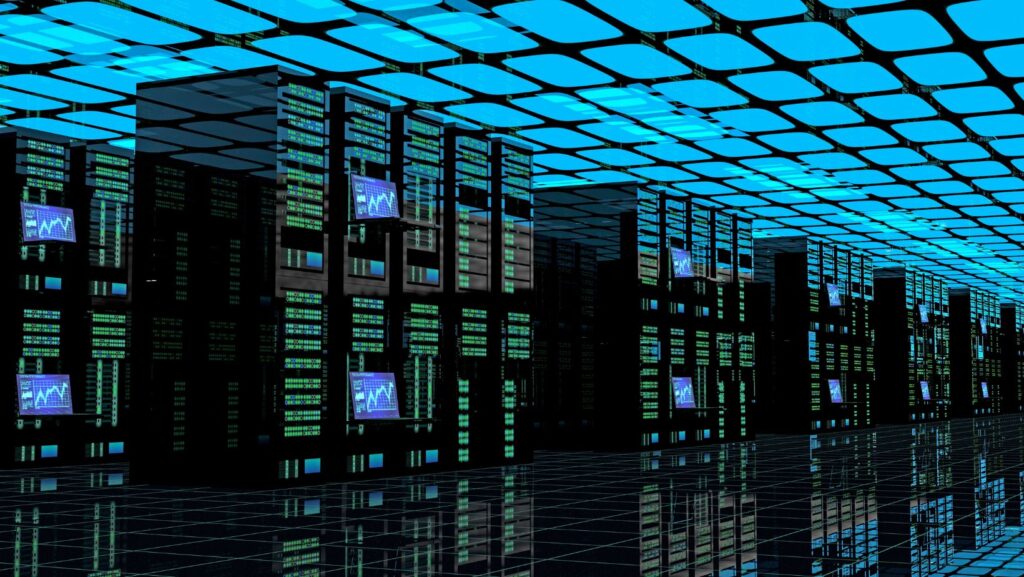The backbone of the internet. What you should know about data centers.
The data center is a place that includes computing resources, storage, switches, servers, routers, and more. The centers are located all over the globe so users will have access to the needed location for the server.
In this article, we will go deeper into the data centers and the correlation between the center and cost of a dedicated server or other hosting solutions.
– The major difference between the modern and traditional centers is in the storage. In the modern data center, the information is saved on the cloud, while in tradition – the data is on the physical server.
– Standard centers function due to the internal network, while cloud data centers fully rely on the internet connection.
– Cloud-based centers are not covering the price for the hardware update because the service provider does it. At the same time, standard centers update and manage the hardware by themselves.
The Use Cases of the Data Centers
Here are the most typical use cases of the data centers:
– For the storage of big data.
– Solutions that require real-time information management in several locations.
– Storage for the backups and immediate recovery.
– Apps with huge data volumes, such as games or e-commerce.
– Business apps for information management, for instance – CRM.
Inner Processes Within a Data Center
For the proper functioning of the data center, three major elements are needed – networking, storage devices, and apps.

Everything begins from the servers which are arranged in racks that are used for storage purposes.
The movement of data within the system is done with the specific network. The networking devices include such as cables, routers, firewalls, and routers. The last core element is apps. They are required to ensure the needed usage of the storage.
Except for the basic elements within the system, in the data centers, there are also systems for risk mitigation, systems for control, general support components, and of course power supply.
The Standards of the Infrastructure
According to the ANSI/TIA-942 standard, the data centers may be divided into the following categories:
– Tier 1. Such data centers are only for basic websites, and they offer only a couple of steps to protect them. Such centers are considered to be non-redundant. This means the duplication of the data is not made, and there is no arrangement for the duplicating.
– Tier 2. Such centers offer access to better security because of the redundant capacity. The infrastructure is similar to the first type, mainly because it can function with the utilization of the non-redundant path.
– Tier 3. This type of data center offers exclusive security for all the information that is stored in it. Such a level of security is possible mainly because of the redundant-capacity elements and independent distribution paths.
– Tier 4. This type offers the same level of exclusive security, but users are also getting better scalability, lowest downtime, simple management, and much more.

The best level of performance is achievable because of the independent distribution paths and various redundancy-capacity elements.
Type of Data Centers
– Enterprise centers. Some huge corporations prefer to own their data center that is fully controlled by one business and is customized according to specific requirements.
– Managed-services. In this type of data center, all the management and architecture are done by 3-rd party providers. It can work as a private center, and in some cases, it can be really beneficial.
– Colocation. This is a perfect variant if the company wants to control the data center but doesn’t want to own the space. Practically, the center is in lease, and all the servers and other hardware are owned by another organization.
– Cloud centers. Such data centers are fully managed by 3-rd parties. The data center is responsible for the management and safety of the resources.
Summing Up
Technology is growing and changing very quickly, but our use of data centers will be vital for many more years, and it will definitely shape the future of new approaches and methods.
